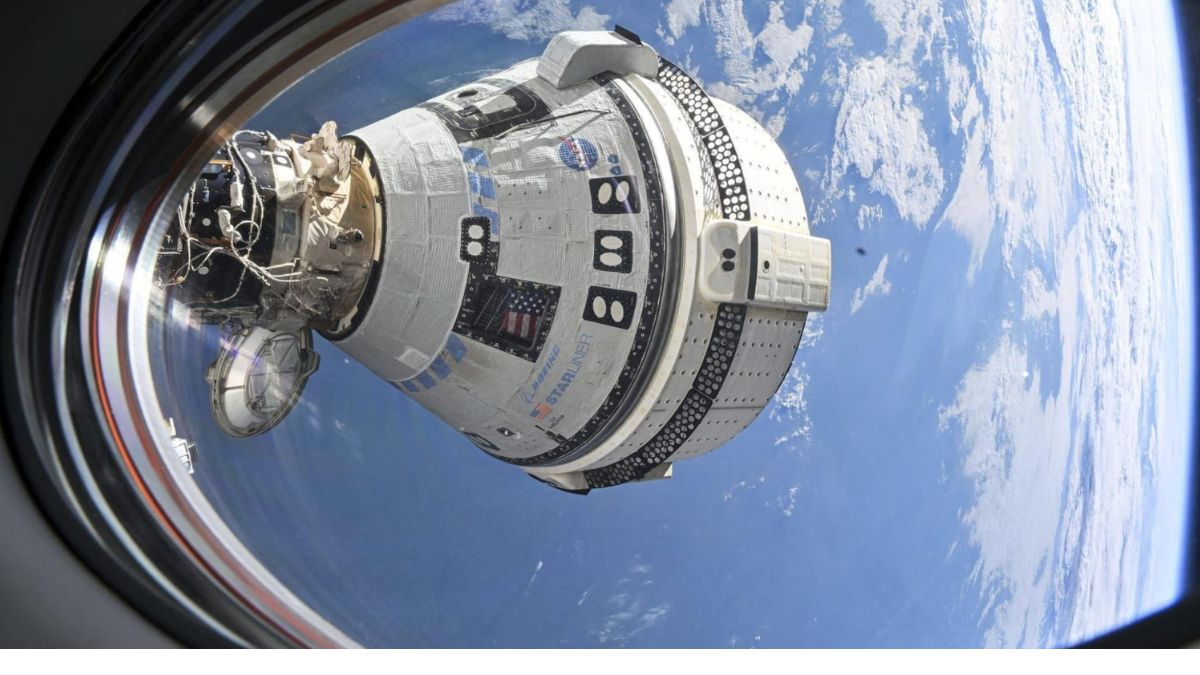 Image Credits - NBC News
Image Credits - NBC News
Advertisement
After a summer marked by significant challenges, Boeing’s Starliner spacecraft has successfully returned to Earth. The spacecraft undocked from the International Space Station (ISS) at 6:04 p.m. ET on Friday, embarking on a six-hour journey back to our planet. Starliner touched down at White Sands Space Harbor in New Mexico at 12:01 a.m. ET, marking a crucial milestone for Boeing.
NASA’s footage captured the Starliner’s dramatic descent through the night sky, showcasing the deployment of two parachute systems and six landing airbags designed to ensure a safe touchdown. The successful return of the spacecraft was a bittersweet moment for Boeing, reflecting both the achievement and the challenges faced.
The return was particularly poignant given the spacecraft’s troubled history. Starliner’s initial mission in early June was intended as a test flight carrying NASA astronauts Butch Wilmore and Suni Williams to the ISS. However, after encountering issues with its thrusters and leaking helium, NASA opted to have SpaceX handle the astronauts’ return. “It’s important to remember this was a test mission,” stated Joel Montalbano, NASA’s deputy associate administrator for space operations, during a press conference early Saturday.
Starliner’s prolonged stay at the ISS, far exceeding its planned eight-day mission, was due to the need for extensive troubleshooting and analysis. Despite the successful return, NASA had to make modifications to the spacecraft’s undocking process and manage potential thruster malfunctions. NASA officials confirmed that while the spacecraft’s performance during reentry was nearly flawless, there were minor hiccups in the navigation system.
Boeing’s Starliner program, developed under NASA’s Commercial Crew Program, has faced numerous setbacks. With costs exceeding $1.5 billion and a history of delays, Boeing is working with NASA to address the thruster issues and prepare for future missions. NASA’s Commercial Crew Program, which also includes SpaceX’s Crew Dragon, aims to support privately built space vehicles to maintain access to the ISS following the retirement of NASA’s space shuttles.
As Boeing evaluates the Starliner’s performance and plans the next steps, the company and NASA remain focused on ensuring the spacecraft can reliably support future crewed missions.
